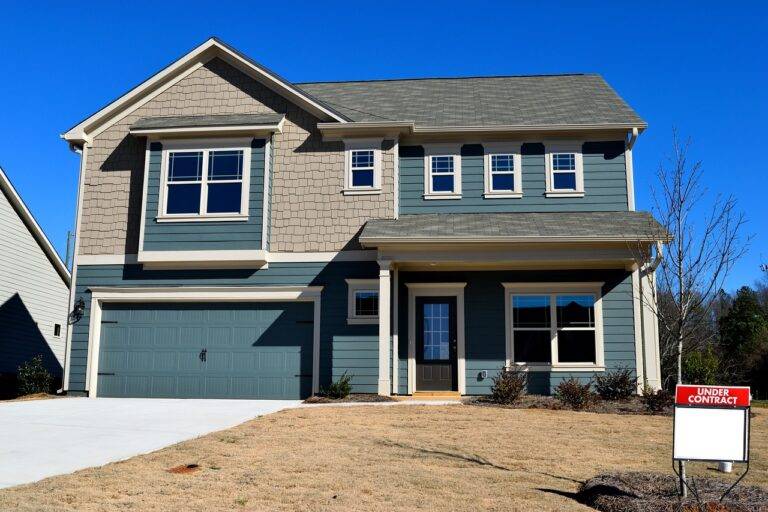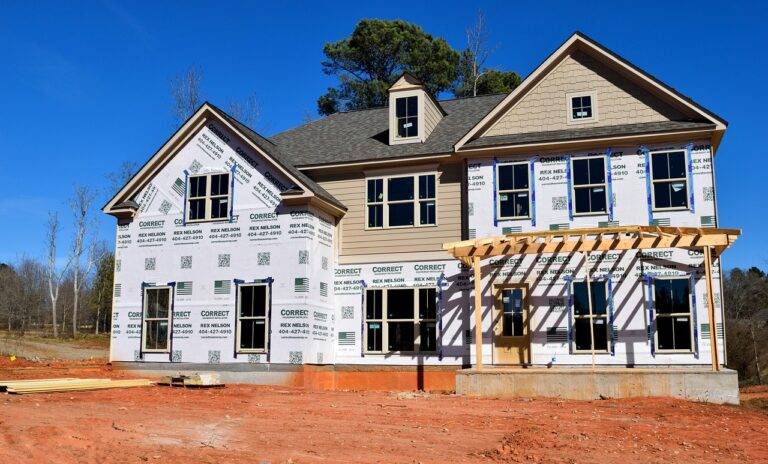Tips for Designing a Functional and Stylish Kitchen
When designing a layout that maximizes efficiency, it is crucial to prioritize functionality above all else. Each element within the space should serve a specific purpose and contribute to the overall productivity of the area. Consider the flow of movement within the layout to ensure that tasks can be completed with minimal effort and wasted time. By strategically placing key components and workstations, you can streamline operations and enhance efficiency.
Furthermore, the use of multipurpose furnishings and storage solutions can significantly optimize the layout of a space. Selecting furniture that serves dual functions or can easily be reconfigured allows for greater flexibility and adaptability within the environment. Additionally, opting for durable materials that require minimal maintenance helps to prolong the lifespan of the layout and reduces the need for frequent replacements or repairs. By carefully planning the arrangement of components and selecting practical furnishings, you can create a workspace that is both efficient and conducive to productivity.
Choosing Practical and Durable Materials
When selecting materials for a project, it is crucial to prioritize practicality and durability. Opting for materials that are both functional and long-lasting helps ensure the longevity and efficiency of the final design. Consider the intended use of the space or item and choose materials that can withstand the wear and tear associated with its purpose. Durability is key in ensuring that the materials can withstand everyday use and potential environmental factors that may impact their longevity. Additionally, choosing practical materials that are easy to maintain and clean can save time and effort in the long run, making for a more sustainable and efficient design solution.
How important is it to consider durability when selecting materials for a project?
Durability is essential when choosing materials to ensure that the project will have a long lifespan and require minimal maintenance.
What are some examples of practical materials that are commonly used in construction?
Concrete, steel, and brick are all practical materials that are commonly used in construction due to their durability and longevity.
How can I ensure that the layout of my project maximizes efficiency?
By carefully planning the layout and considering factors such as workflow and accessibility, you can create a design that maximizes efficiency.
Why is it important to choose materials that are both practical and durable?
Choosing materials that are both practical and durable ensures that the project will be able to withstand wear and tear while also serving its intended purpose effectively.





